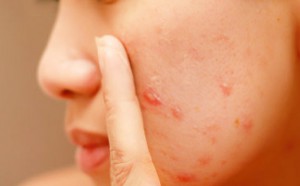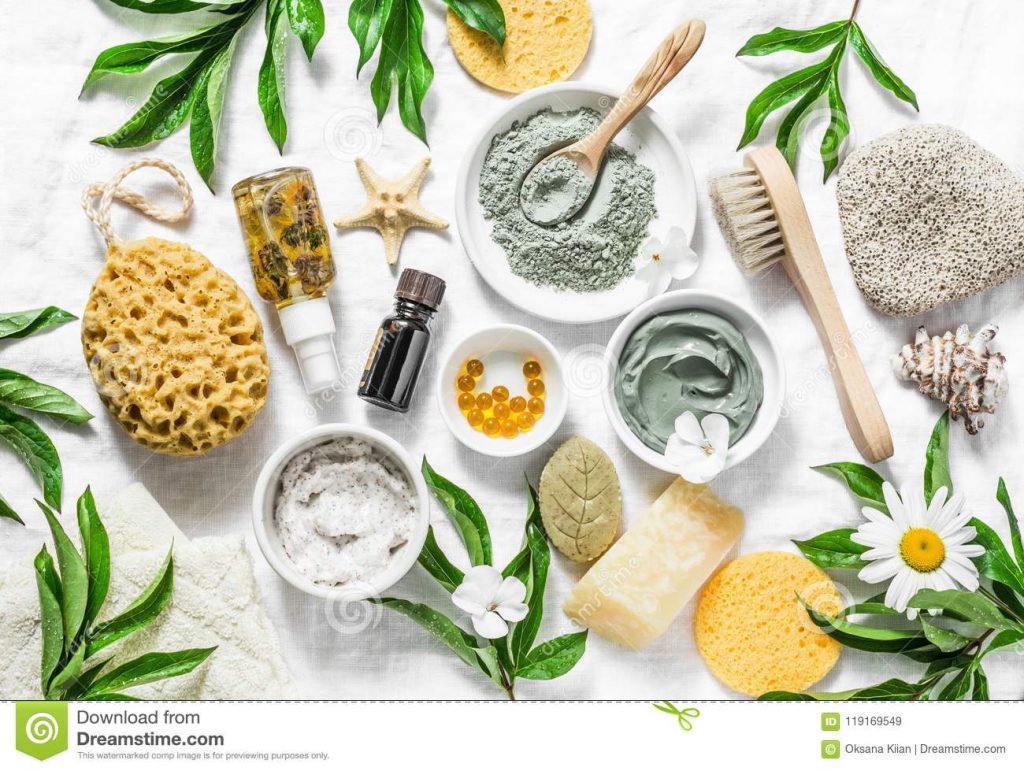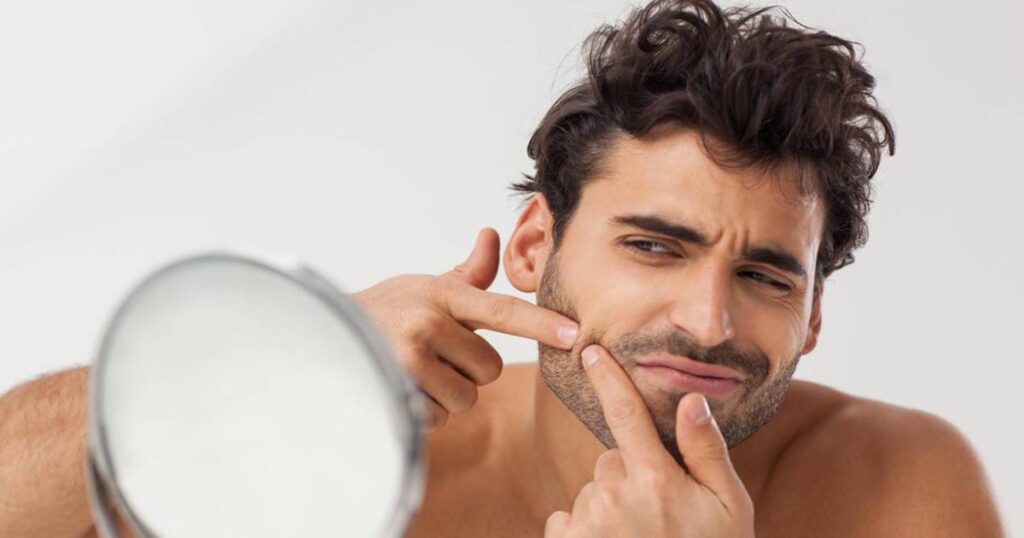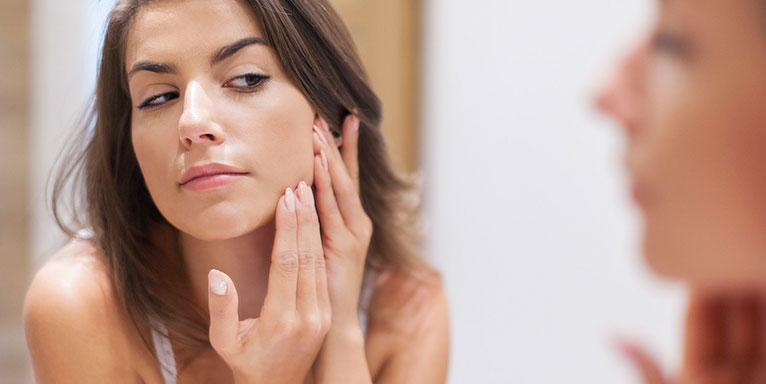 Acne or pimples are affection of oil producing glands (sebaceous gland) of our skin. These pimples may be found on the face (cheek, forehead, nose, chin etc.) neck, back, chest arms and rarely on the forearms.
Acne or pimples are affection of oil producing glands (sebaceous gland) of our skin. These pimples may be found on the face (cheek, forehead, nose, chin etc.) neck, back, chest arms and rarely on the forearms.
How Acne is Formed:
Our skin has tiny oil glands called sebaceous glands. These glands secrete sebum – which is like oil which gives protection to our skin, helps in maintaining elasticity of skin and acts as moisturizer.
Due to certain causative factors, these sebaceous glands start overproducing sebum. This results in blockage of the duct of these oil glands. Consequently, this sebum gets collected underneath skin and appears on the skin surface as a skin bump (white head). Due to pollution and dust, the whitehead takes the form of blackheads. This is followed by bacterial infection in the gland resulting into inflammation (body’s response to foreign agents) & it becomes pus filled (Pustular Acne). In some cases it may turn hard and is then called nodular acne. In severe cases, acne forms a tract inside the skin which is hard and pus filled. It is called as Acne conglobata.
Thus, you may notice that your acne is any one or more of the following stages:
Grade 1: Whitehead and blackhead (comedones)
Grade 2: Inflammatory stage
Grade 3: Pustular acne
Grade 4: Nodular acne
Grade 5: Acne Conglobata
Acne may be triggered by any of the below causes:
- Due to overproduction of certain hormones (called as androgens), the activity of sebaceous gland increases. This is common during adolescence in boys and girls. After pregnancy, it is common in expecting mothers. Use of birth control pills can also trigger Acne.
- Use of different greasy cosmetics often brings on acne by plugging the follicles.
- Some people have a genetic or familial tendency of acne.
Acne may be of various types like Acne vulgaris, Acne rosacea, Acne conglobata, Acne fulminans, Acne keloid nuchae, Acne medicamentosa or Acne cosmetic. Out of these, Acne Rosacea is one of the more common types.
What is Acne Rosacea:
Acne Rosacea is a skin disorder limited to the nose, cheeks, chin, and forehead, eyelids typically beginning during adulthood. The facial skin becomes oily, reddened and bumpy. Small red blood vessels are visible. In extreme cases, the nose may appear very red and bulbous.
It is a skin ailment where blood vessels of the face are repeatedly damaged by stimuli resulting into dilatation. Hence, the patient tends to blush easily. There may also be flushes of heat or a burning sensation on the face. There may also be watering of eyes with redness. This may lead to a lot of stress in the individual facing these symptoms.
Factors triggering Acne Rosacea are:
- Exposure to extreme temperature,
- Changes of weather,
- Severe sunburn,
- Emotional factors: anger, fear, anxiety, embarrassment etc.
- Medication (vasodialator pills like thiazide, calcium channel blockers, nitrates etc)
- Certain local treatments like peeling, microdermabrasion etc.
- Some food and drinks that can trigger the condition include alcohol, foods high in histamine like yoghurt, cheese, red wine etc. and spicy food.
Treatment of Acne Rosacea includes:
In modern medicine, Acne treatment usually consists of certain local application of benzoic or salicylic acid in diluted form. To reduce redness and dilatation of vessels, anti-histaminics are given orally or in the form of applications. Non-responsive cases are treated with topical and oral steroids.
Homeopathic treatment is strongly indicated in treatment of acne.
It reduces redness by reducing repeated dilatation of vessels. It reduces. Homoeopathic treatment reduces the inherent hypersensitivity to stimuli and prevents recurrence of Acne.
Dr Rajesh Shah’s research based homoeopathic medicines have benefitted many patients suffering from Acne Rosacea. To find out how homoeopathy can help you, get in touch with our doctors today.





эстакада для осмотра ж д транспорта